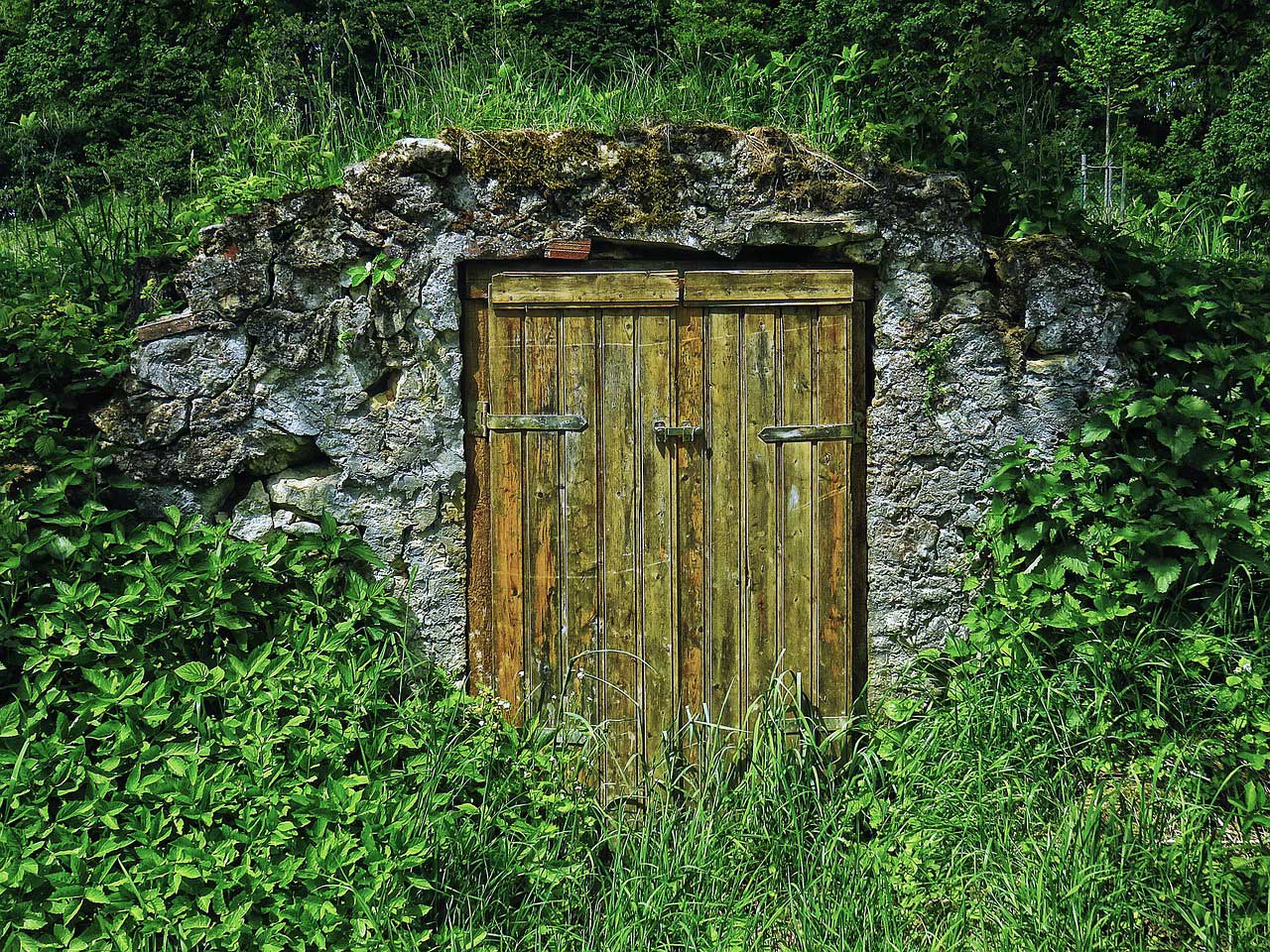
Have you found yourself in this situation before? You’ve made every recipe you can think of. Eaten it fresh, sauteed, fried, in bread, as boats, or zoodles. Given it away to every person in the neighborhood, and still, your garden is producing tons of fresh produce that you need to eat or find a way to store. Enter all the different methods of food preservation. From drying to freezing there are many ways to make the harvest last longer including storage in a root cellar. Some methods work better than others depending on the type of vegetable and how long you expect to store it.
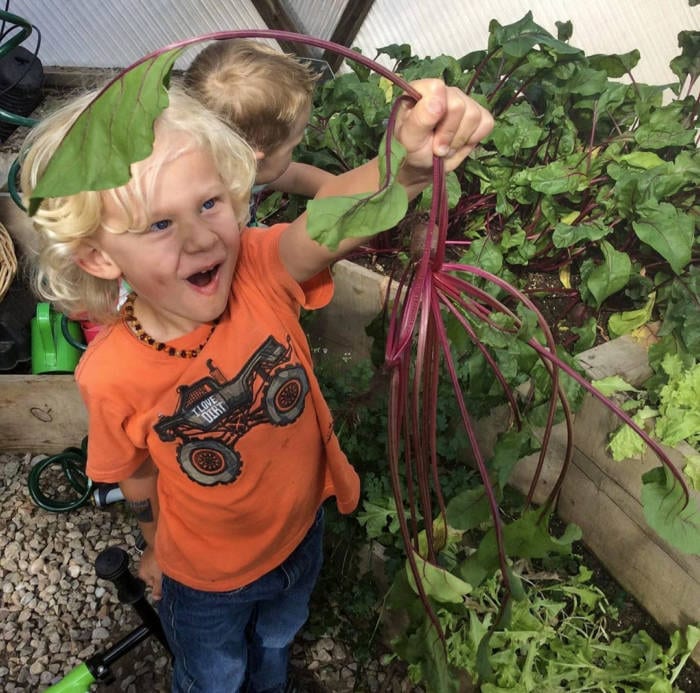
Cold Storage for Food Preservation
Over the next few months, we’ll explore some of the most common types of food preservation. Today since our plant of the month is the sweet potato, we’re highlighting the cold storage method. One of the easiest ways to store food is in the refrigerator, which slows down bacterial growth and reduces spoilage. Before refrigeration was commonplace, people utilized root cellars or iceboxes, which were box-shaped cupboards that had a separate place in the top to put a slab of ice to cool the contents.
When it comes to pounds of potatoes, you’re not going to take up that valuable refrigerator space for months, and refrigeration of sweet potatoes can alter their taste and consistency. That’s where a root cellar or any cool, dark place that doesn’t freeze will do, such as an unheated basement or pantry.
The Root Cellar Revival
History and Advantages
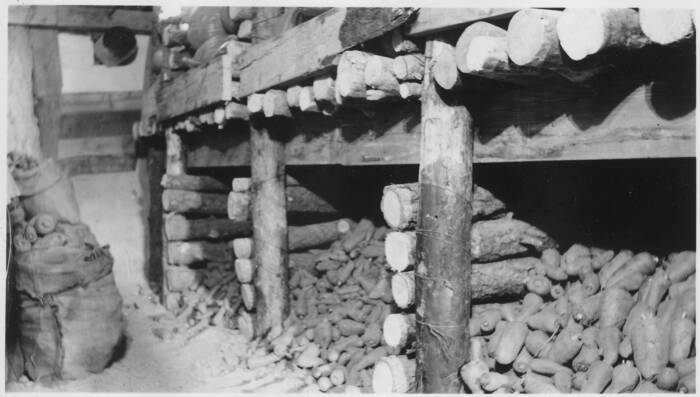
The indigenous people of Australia are thought to be some of the first people known to have preserved food underground. It wasn’t until the 17th century that it became common in Europe. Elliston in Newfoundland is also known as the “Root Cellar Capital of the World.”

Refrigeration was thought to have put an end to the use of a root cellar, but it has its advantages, namely saving energy or using off-grid, which has seen more people building root cellars. Especially if you are a homesteader or looking to be more self-reliant, you may be considering building a root cellar to preserve the food you produce in your Growing Dome.
What to Store in Your Root Cellar
A root cellar is built into the earth and uses the natural, stable, cool temperatures, and humidity to keep mostly root crops, in particular potatoes, yams, onions, garlic, turnips, beets, carrots, and parsnips. Some other produce that do well when stored in a root cellar are winter squash, pumpkin, apples, and cabbage. It is also a great place for jars of pickles or anything else you have canned. We’ll get more into those preservation methods in a later article.

Building a Root Cellar
There are considerations when planning your root cellar. Can you keep it at a stable temperature between 32º-40ºF? Does your property have a high water table that may preclude digging a dry pit? Will you be able to dig down deep enough to find the most constant temperature (about 10 feet) or is your soil too rocky or are there utilities or too many tree roots in the way?
You can find many ideas and stories online for building a root cellar. Some are as simple as placing a trash can in a hole to more complex designs that include building into a hillside or building a shed with a door in the floor to access the underground pit. Some are above ground and utilize cinder blocks, sandbags, or SIPs (structurally insulated panels) to achieve the desired insulating effect.
If you are lucky enough to have a live spring or stream on your property, you could consider building a Spring House. It’s as simple as building a shed or structure over the moving water, which will keep the inside of the building cool and humid.
Proper Produce Storage and Care
Once you have established a root cellar, some continued care goes into the storage of your prized produce.
- Some vegetables like carrots or beets require extra moisture and may be stored in sand or sawdust.
- Sweet Potatoes require dry storage, so can be kept more easily, even in a cool corner of the house.
- Avoid washing your vegetables before storing them as the added moisture may promote mold and speed up decomposition.
- Promptly remove any product you notice with blemishes or that may be starting to rot.
- Wrap fruit like apples in paper to reduce their release of ethylene gas which can cause other produce to spoil more quickly. Some people create a separate storage area entirely for this reason.
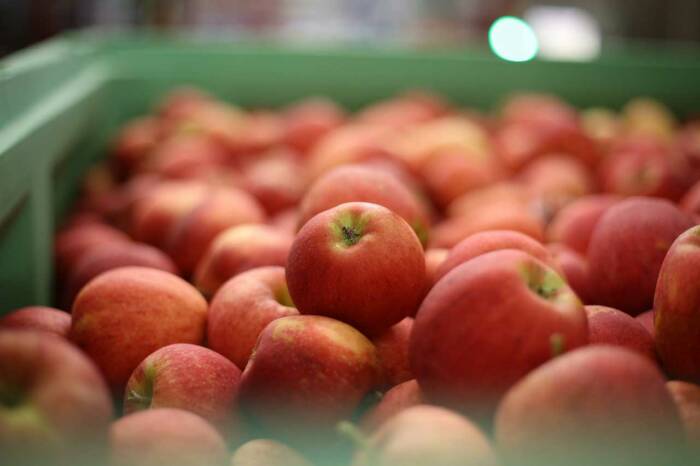
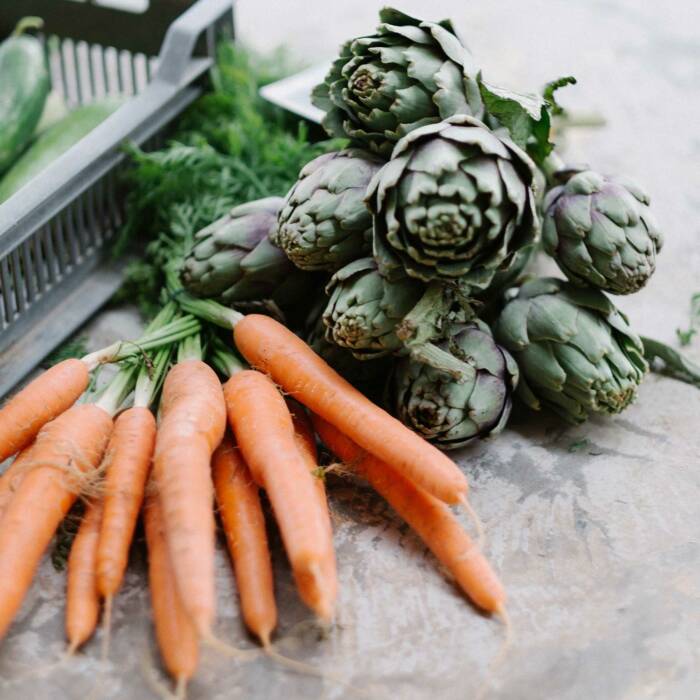
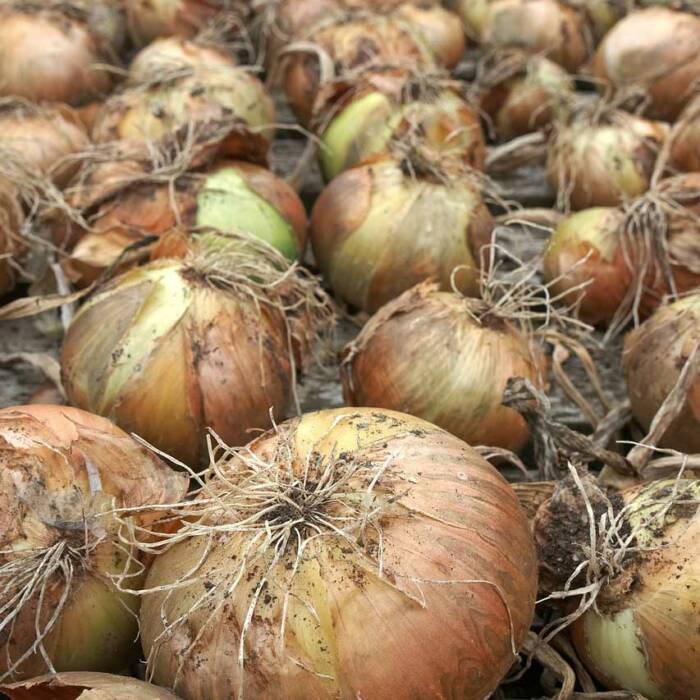
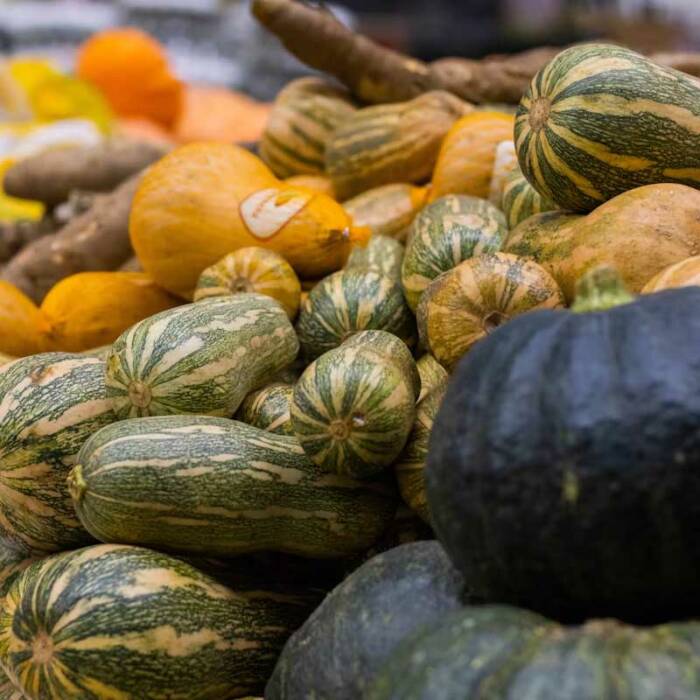
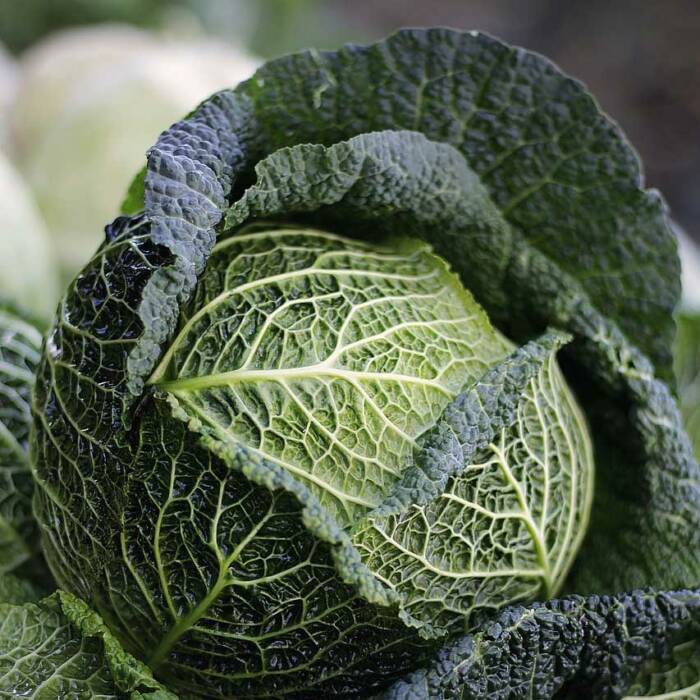

Monitor the temperature and humidity regularly. I have several of these low-cost, digital thermometers with built-in hygrometers in my house and gardening shed, and I like how they daily record the highest and lowest temps and humidity. If you want to get more techy, these Bluetooth sensors will take regular readings every minute and plot them on a graph or send you alerts if you set up the threshold you want to monitor.
You’ve invested a great deal of your time, money, and resources into your Growing Dome and the bountiful garden it contains. Don’t let your efforts go to waste. Consider as early as when you decide what seeds to grow, how you will optimize the harvest through food preservation.
Be sure to sign up for our monthly newsletter, “The Happy Grower,” to learn more ways to preserve food. Soon we will be covering chemical processes such as storing in oil, salting, or sugaring; freezing, pickling, and more.
Do you have a root cellar to store vegetables? Tell us about it in the comments below.

